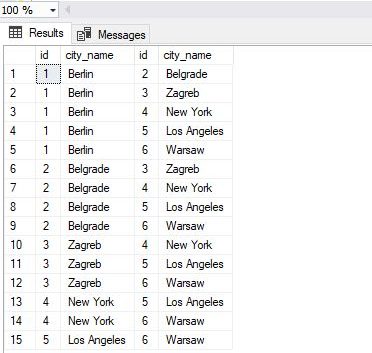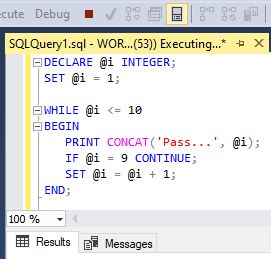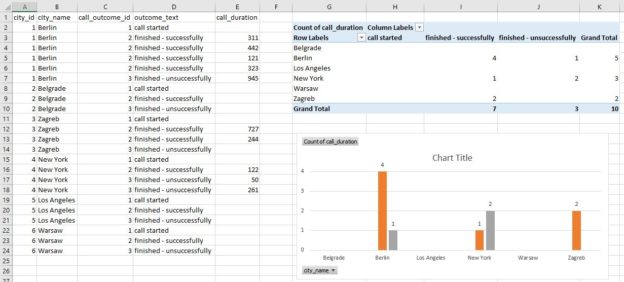In the previous articles we’ve talked about SQL injection and dynamic SQL but we lacked an answer on how to prevent SQL injection attacks. Today we’ll do exactly that and show you one possible approach to how to do it. We’ll also mention other possible threats and approaches you could take.
Read more »























